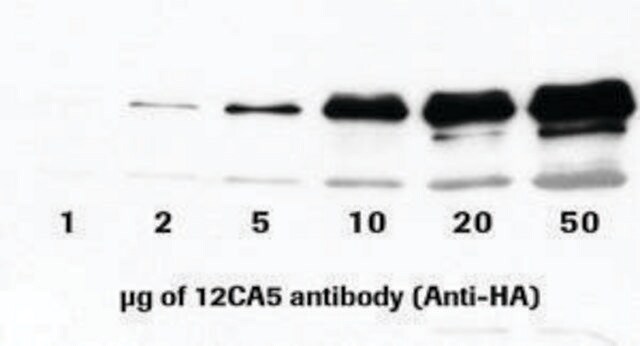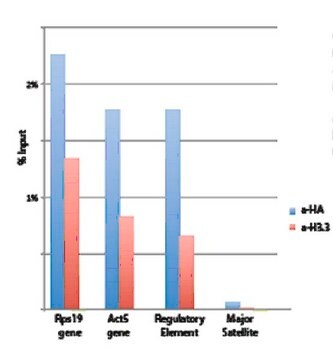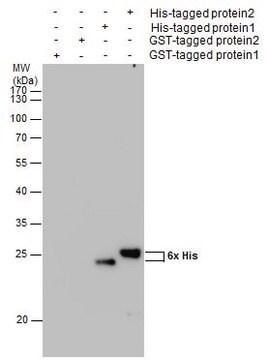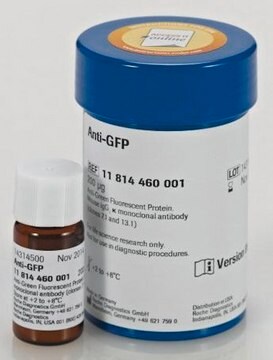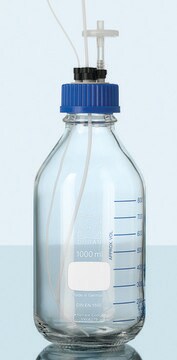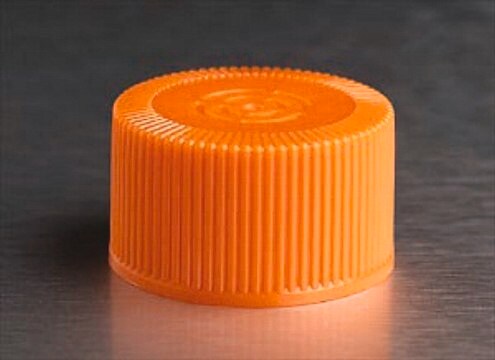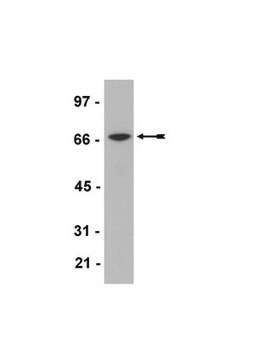05-235
Anti-EF1α Antibody, clone CBP-KK1
clone CBP-KK1, Upstate®, from mouse
Synonym(s):
CTCL tumor antigen, EF1a-like protein, Elongation factor 1 A-1, Elongation factor Tu, Leukocyte receptor cluster member 7, cervical cancer suppressor 3, elongation factor 1 alpha subunit, elongation factor 1-alpha, eukaryotic translation elongation facto
About This Item
Recommended Products
biological source
mouse
Quality Level
antibody form
purified antibody
antibody product type
primary antibodies
clone
CBP-KK1, monoclonal
species reactivity
bacteria, Saccharomyces cerevisiae
species reactivity (predicted by homology)
mammals
manufacturer/tradename
Upstate®
technique(s)
immunoprecipitation (IP): suitable
western blot: suitable
isotype
IgG1κ
NCBI accession no.
UniProt accession no.
shipped in
dry ice
target post-translational modification
unmodified
Gene Information
human ... EEF1A1(1915)
General description
The alpha 1 isoform is identified as an autoantigen in 66% of patients with Felty syndrome. The gene for the alpha 1 isoform has been found to have multiple copies on many chromosomes, some of which, if not all, represent different pseudogenes. The gene for the alpha 2 may be critical in the development of ovarian cancer.
Specificity
Immunogen
Application
4 µg of a previous lot immunoprecipitated EF1α from an A431 RIPA cell lysate.
Protein Trafficking
RNA Metabolism & Binding Proteins
RNA Binding Protein (RBP)
Quality
Western Blot Analysis:
0.5-2 µg/mL of this lot detected EF1α in RIPA lysates from non-stimulated A431 cells. Previous lots detected EF1α in human Jurkat and mouse 3T3/A31 RIPA cell lysates.
Target description
Physical form
Storage and Stability
Handling Recommendations:
Upon receipt, and prior to removing the cap, centrifuge the vial and gently mix the solution. Aliquot into microcentrifuge tubes and store at -20ºC. Avoid repeated freeze/thaw cycles, which may damage IgG and affect product performance.
Analysis Note
Positive Antigen Control: Catalog #12-301, non-stimulated A431 cell lysate. Add 2.5µL of 2-mercaptoethanol/100µL of lysate and boil for 5 minutes to reduce the preparation. Load 20µg of reduced lysate per lane for minigels.
Other Notes
Legal Information
Disclaimer
Not finding the right product?
Try our Product Selector Tool.
Storage Class Code
12 - Non Combustible Liquids
WGK
WGK 1
Flash Point(F)
Not applicable
Flash Point(C)
Not applicable
Certificates of Analysis (COA)
Search for Certificates of Analysis (COA) by entering the products Lot/Batch Number. Lot and Batch Numbers can be found on a product’s label following the words ‘Lot’ or ‘Batch’.
Already Own This Product?
Find documentation for the products that you have recently purchased in the Document Library.
Our team of scientists has experience in all areas of research including Life Science, Material Science, Chemical Synthesis, Chromatography, Analytical and many others.
Contact Technical Service

